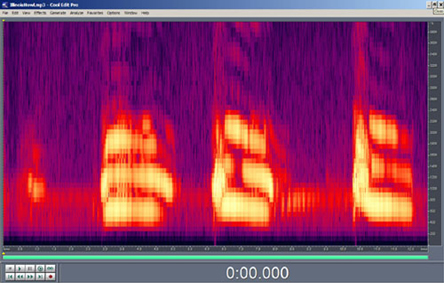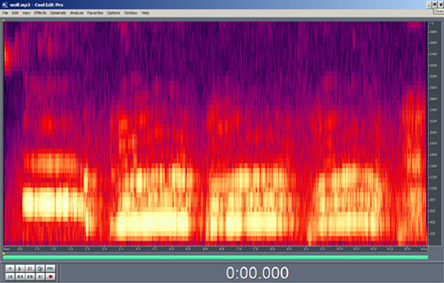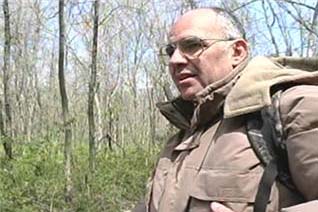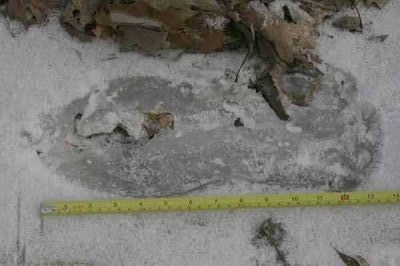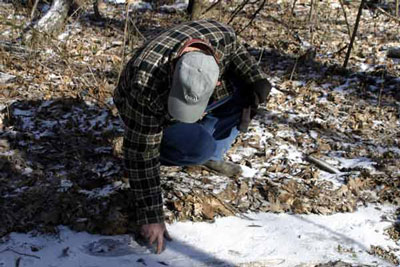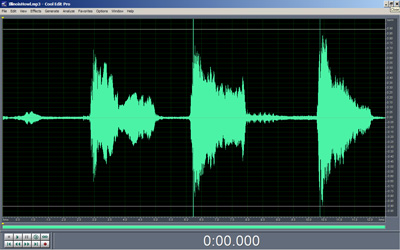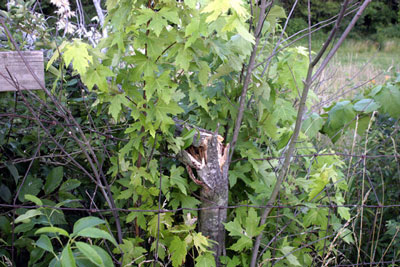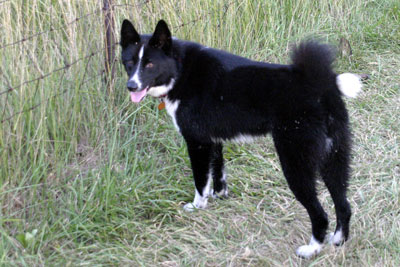Sound Skeptics
On the 4th of February 2008 DB Donlon of Virginia (The Blogsquatcher) was a guest on Squatchdetective Radio.
During the show DB shared some of his sound recordings. DB also discussed what he calls Sound Skeptics. I thought it was a very good statement and you can read it below and also listen to the original sound clip.
DB Donlon –
Sound skeptics will object that you can’t tell what animal made a sound if you didn’t see the animal make it. I think this is true in the broadest sense. After all, I can play a file of a coyote and if you heard it in the distance, you’d think it was an actual coyote, and not a recording.
But an important point I want to stress is that these same sound skeptics are the first to say, “you’ve recorded a coyote,” or “you’ve recorded a hog” when they hear the sounds we get. They don’t say they don’t know what it is, they almost always define it as something known, and they get to that identification from the sound alone. If you can’t tell what made a sound without visually i.d.ing the sound maker, how do they know we’ve recorded coyotes and hogs?
I’m not just making that point to rub someone’s nose in it, I’m saying you can’t have it both ways. If it really is possible to id creatures by their vocalizations (and we do this all the time, don’t we? When we hear an owl call, we don’t say, “I’ll never know what that is..” we say, “oh, an owl!” The plain fact of the matter is that the calls we’ve recorded don’t sound like coyotes, and they certainly don’t look like coyote calls when you look at them in the software. They do sometimes sound coyote-ish, but they don’t sound like the coyote calls I’ve found on the net. (I’m being strict about definitions here — like serving as an = sign, rather than an approximation.) Nor does the East Central Ohio chatter sound like a hog, rather, occasionally hog-ish.
So when the skeptics tell you that we can’t tell what made the sound because we didn’t see the animal making it, you insist that they stick to that. They are right, we can’t really tell. So let’s stop calling these things misidentifications out of hand in an attempt to quell all interest in sounds. It’s a legitimate area of research. Who knows what advances will come in the future that will make this kind of research easier?






